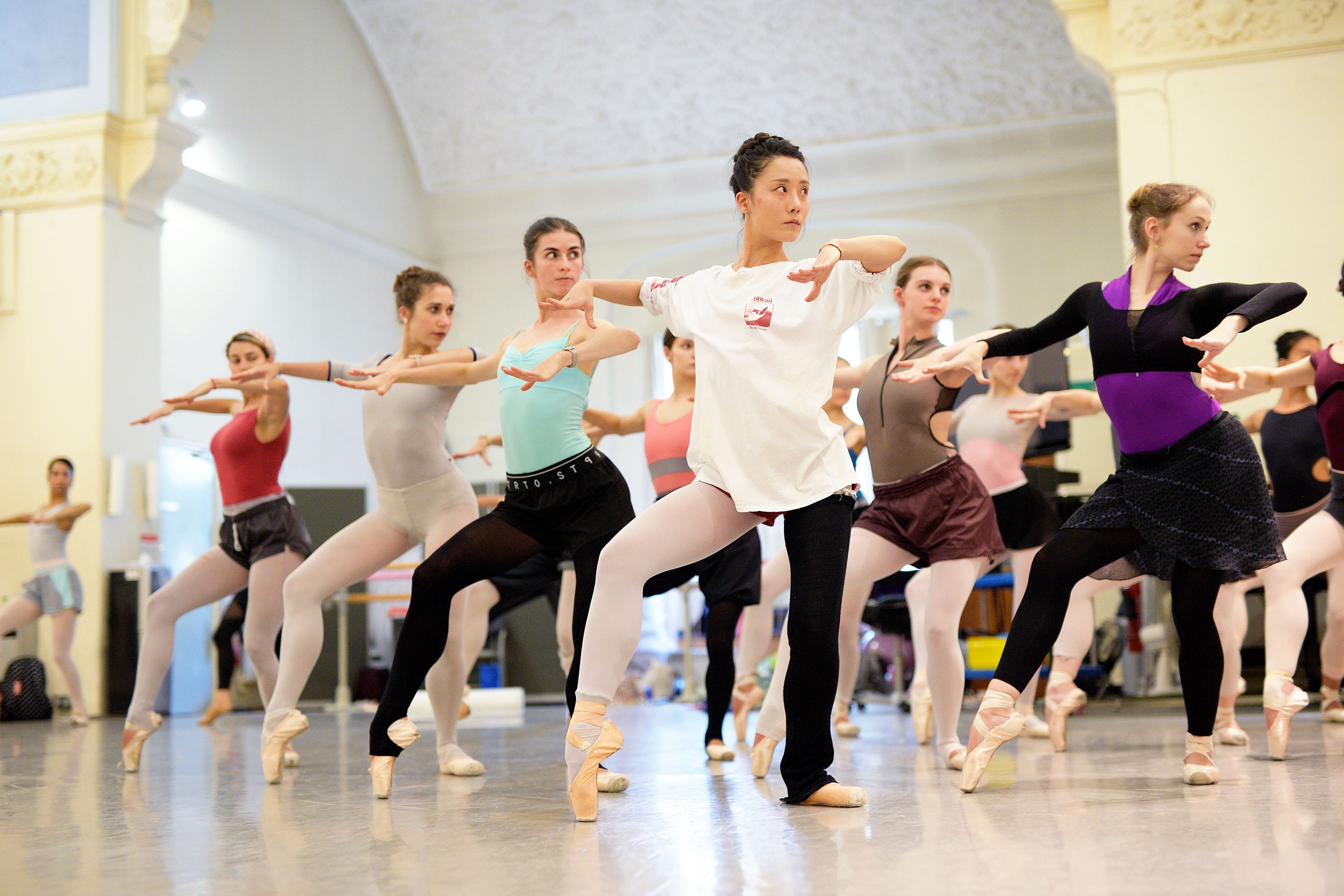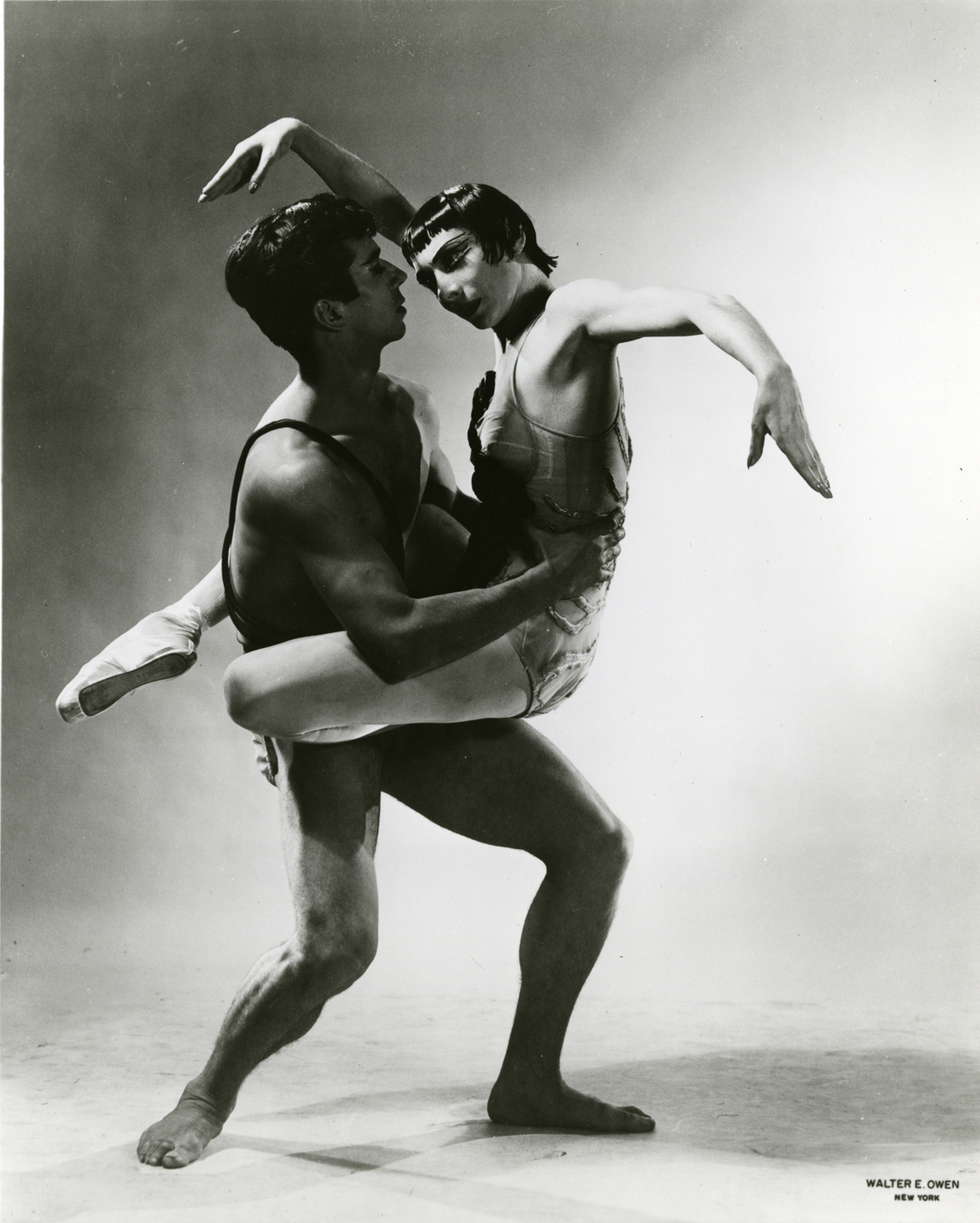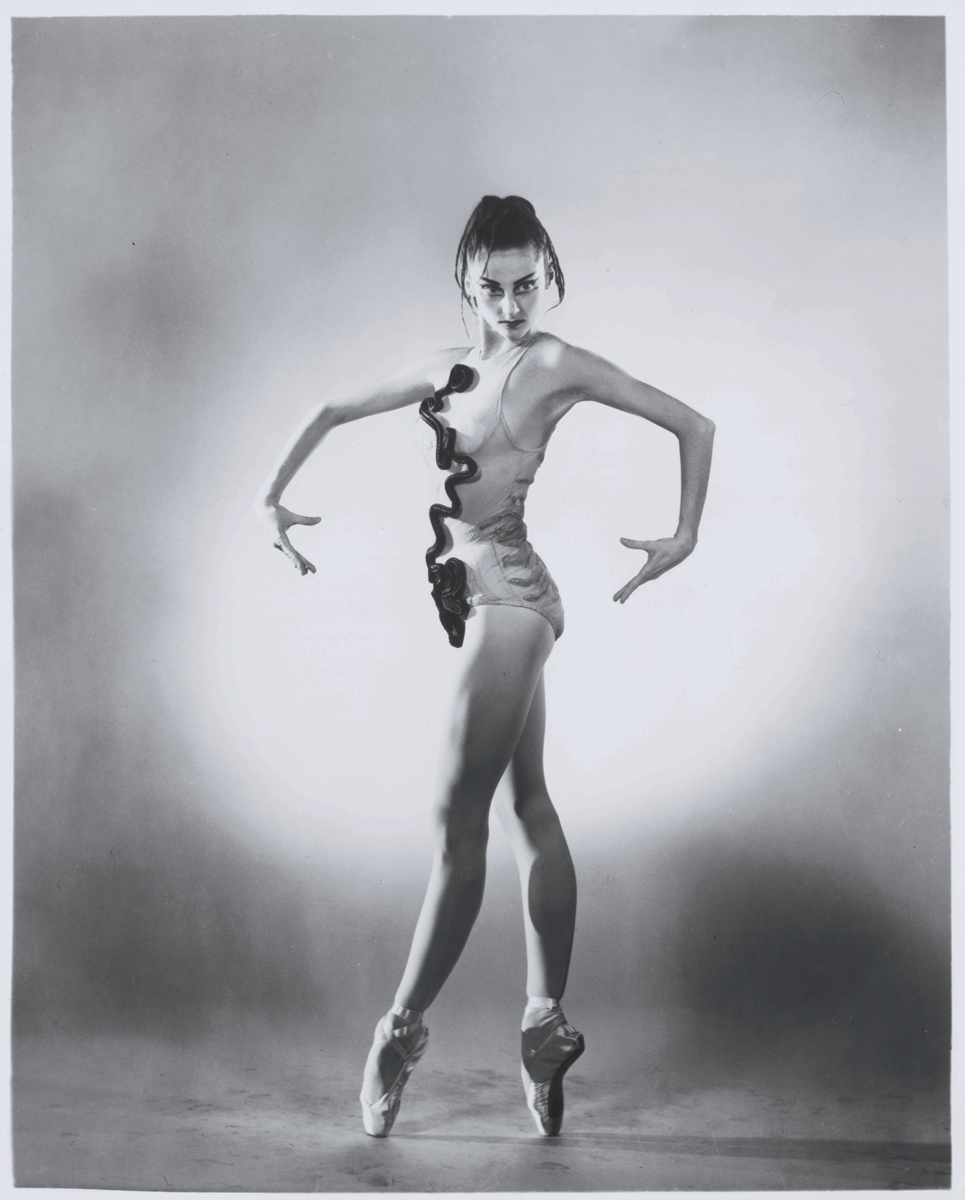
Five things about The Cage
1 – One of Robbins’s most intense ballets, it depicts an insect species whose females consider their male counterparts a prey.
The Cage centres around The Novice, a newborn in a tribe of insects led by a Queen. She must come to grips with her own body, and with her natural instincts, which kick in when a male intruder enters: his neck gets quickly crushed.
The original idea what for the women in this ballet to be Amazons, but, according to Robbins, “this conception did not yield sufficient movement ideas. Further investigation led to the use of insects, which fed naturally into the animal quality of the work already involved”.
Using insect-like movements helped the choreographer: “I did not have to confine myself to human beings moving in a way that we know is human. In the way their fingers worked, in the crouch of a body or the thrust of an arm, I could let myself see what I wanted to imagine”.

2 – It caused a shock at its premiere in 1951, and was nearly banned in The Netherlands
The New York Herald Tribune called it “a startling, unpleasant, but wholly absorbing theatre piece”, while critic John Martin said it was “an angry, sparse, unsparing piece” in the New York Times: “It is without heart or conscience, and its opinion of the human race is not a high one. But in spite of the potency of its negations, it is a tremendous little work, with the mark of genius upon it”.
Over 65 years on, its effect remains chilling and memorable.
When New York City Ballet took it to the Netherlands in 1952, Dutch officials sought to ban it, considering it “not fit for the Dutch public”. The mayor of The Hague led the charge, even appealing to the US Ambassador in the hope he would get the company to remove it from its programme. Robbins threatened to withdraw all his ballets. A compromise was reached: one performance instead of the original three planned. Cue a rush to the box office, and, once people had seen it, questions as to why authorities had found it so offensive.
3 – It’s a work that ballerinas love to dance
Since its creation at New York City Ballet, The Cage has been one of this company’s ballerinas very favourite pieces. The stylised movement, the pointe work and the dramatic intensity give it a special place in the repertory.
It’s not often in ballet that you get to show no mercy, and perform moves like “brushings of the legs, stabs at the floor, lunges and dartings of the arms, and openings of the mouth in silent cries” (New York Times)! The Queen and her hive have their hair teased into feral, frazzled buns: the dancers are supposed to be ugly, intimidating and attack the steps with mad strength.
The role of The Novice is particularly challenging, as it has no backstory: she is literally born on the stage, and, within 14 minutes, discovers her body, her world and her urges, before succumbing to them. It requires great theatrical power.
For the legendary American ballerina Wendy Whelan, “there is an innocence to the character: she doesn’t know her own strength. It’s her instincts that tell her to kill. Then she realises: I didn’t know that was in me!”

4 – The music is hard to keep count to
The Cage is set to Stravinsky’s Concerto in D, a concerto for string orchestra with unclear counts, making it particularly difficult for dancers to keep time and coordinate the steps with one another.
Robbins knew the piece, which was written in 1946 for the Basler Orchestra: “I had, for some time, been interested in the music for The Cage, but the ballet did not immediately materialise in its present form. In the music, I felt drama, violence, a chase.”
5 – We perform The Cage as part of the celebrations of the 100th birthday of Jerome Robbins
2018 would have been Jerome Robbins’s 100th birthday. It has also been 30 years since his death. We are honoured to perform The Cage to commemorate the legacy of this great choreographer.
To find out more about the Jerome Robbins Centennial Celebrations, visit the Jerome Robbins Foundation website.